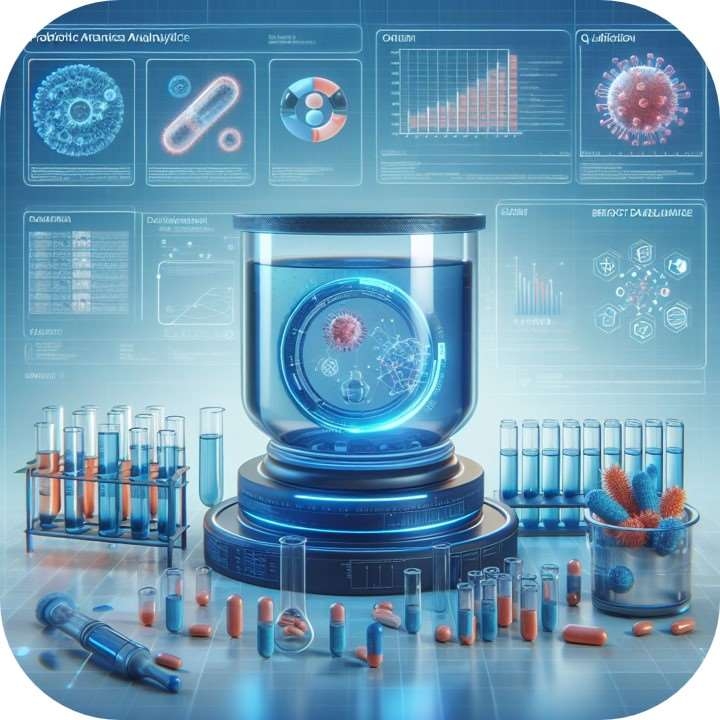3D Cell Culture: Advancing Drug Discovery and Disease Modeling

Limitations of Traditional Methods
In drug development and disease research, traditional two-dimensional (2D) cell culture and animal experiments have long been the primary research methods. However, 2D culture environments significantly differ from in vivo microenvironments. When cells grow in a monolayer, their morphology, gene expression, and signaling pathways may not accurately reflect in vivo conditions. Moreover, while animal models provide systemic-level research data, physiological differences between species often make it difficult to directly extrapolate findings to humans. Consequently, drug failure rates in clinical trials remain high, making the entire development process both costly and inefficient.
To overcome these limitations, three-dimensional (3D) cell culture technology has emerged. 3D culture systems more accurately mimic in vivo conditions, providing a more reliable platform for drug screening and disease modeling.
Applications of 3D Cell Culture in Drug Discovery
Drug discovery is a complex process with a high failure rate. In recent years, 3D cell culture technology has played a crucial role in improving drug screening efficiency and optimizing candidate drug selection.
Enhancing the Accuracy of In Vitro Screening
Compared to 2D cultures, 3D cell cultures better simulate the human tissue microenvironment, allowing drugs to generate more realistic pharmacokinetic and pharmacodynamic data before entering clinical trials. This helps reduce drug failure rates and improves the efficiency of drug development. For example, utilizing stem cells and primary cells in 3D cultures enables more precise predictions of how candidate drugs will affect the human body.
Overcoming Species Differences and Improving Clinical Translational Potential
Traditional animal models help assess the biological effects of drugs, but physiological differences between animals and humans mean that many drugs effective in animal studies fail in clinical trials. 3D cell culture technology enables in vitro modeling of human tissues, making drug testing more clinically relevant. For instance, using organoid models for high-throughput screening significantly enhances drug development accuracy.
Case Study: 3D Tumor Models
In oncology research, 3D organoid models better preserve tumor tissue heterogeneity and microenvironment characteristics, allowing for more precise anticancer drug screening. For example, patient-derived organoid (PDO) models created using 3D cell culture technology enable personalized evaluation of drug efficacy against tumors, supporting precision medicine initiatives.
Applications of 3D Cell Culture in Disease Modeling
Constructing More Realistic Disease Models
3D cell culture technology is not only useful for drug screening but also enables the in vitro reconstruction of disease models, allowing researchers to study disease progression with greater precision. For example, in chronic obstructive pulmonary disease (COPD) research, 3D cell culture can simulate airway structures and their responses to inflammatory factors, providing a more realistic representation of disease mechanisms.
Reducing Dependence on Animal Testing
Currently, nearly 200 million animals are used in biomedical research worldwide each year. The rise of 3D culture technology offers a more cost-effective and ethically acceptable alternative. For example, in neurodegenerative disease research, neural organoids cultivated in 3D more accurately simulate the pathological processes of Alzheimer’s disease (AD) without heavy reliance on animal models.
Integration with Organ-on-a-Chip and Microengineering Technologies
In recent years, the development of organ-on-a-chip technology has further enhanced the advantages of 3D cell culture in disease modeling. Organ-on-a-chip systems use microfluidic technology to simulate interactions between tissues. For example, liver-kidney chips can be used to study drug metabolism pathways, while gut-brain chips can explore the impact of gut microbiota on neurological disorders. This integration further increases the value of 3D cell culture, making it an essential tool for precision medicine.
Future Prospects of 3D Cell Culture
With advancements in bioengineering and tissue engineering, 3D cell culture is continuously evolving, progressing from traditional spheroid culture to more sophisticated organoid and bioprinting techniques. For example, 3D bioprinting enables the construction of complex organ models layer by layer, paving the way for personalized medicine and regenerative medicine in the future. Additionally, the integration of artificial intelligence and automated high-throughput screening technologies will further enhance the efficiency of 3D cell culture applications, accelerating drug development processes.
Conclusion
With its ability to more accurately mimic in vivo cellular microenvironments, 3D cell culture technology shows immense potential in drug discovery and disease modeling. In the future, as technology continues to advance, 3D culture systems are expected to play an even greater role in precision medicine, personalized treatment, and drug development, establishing themselves as a cornerstone of biomedical research.
- Questions and Answers
- Opinion
- Motivational and Inspiring Story
- Technology
- Live and Let live
- Focus
- Geopolitics
- Military-Arms/Equipment
- Securitate
- Economy/Economic
- Beasts of Nations
- Machine Tools-The “Mother Industry”
- Art
- Causes
- Crafts
- Dance
- Drinks
- Film/Movie
- Fitness
- Food
- Jocuri
- Gardening
- Health
- Home
- Literature
- Music
- Networking
- Alte
- Party
- Religion
- Shopping
- Sports
- Theater
- Health and Wellness
- News
- Culture

